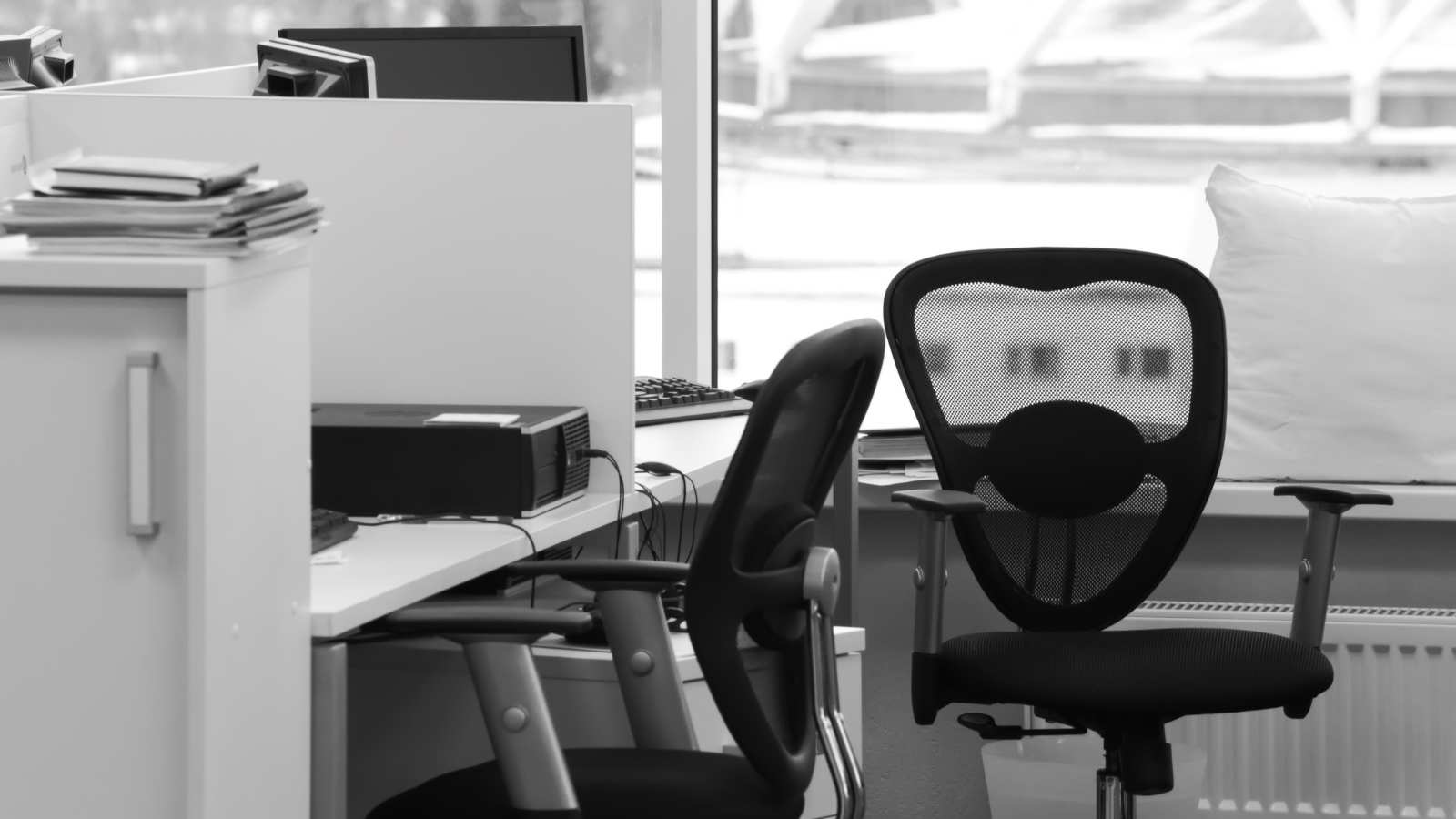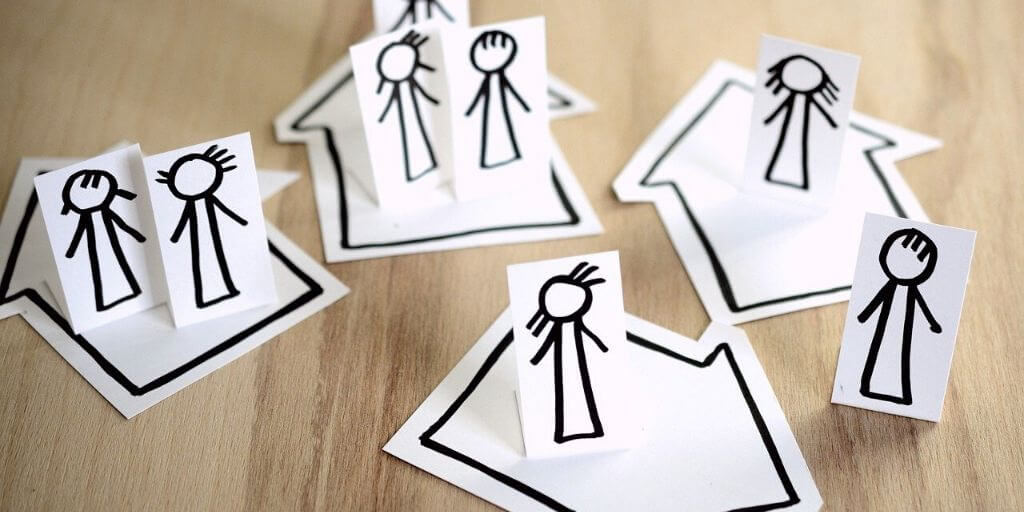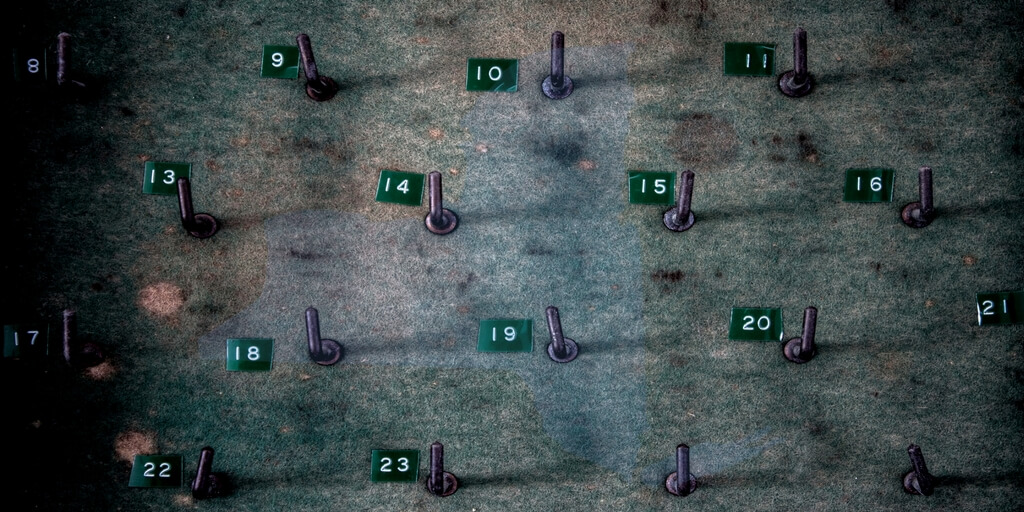On March 18, 2020, New York enacted a new law providing job-protected leave and compensation to any employee in New York State who is under a precautionary or mandatory order of quarantine or isolation due to COVID-19. The law provides varying benefits based on several characteristics of the employer.
In addition to the statutory terms discussed below, the law requires various State agencies to issue interpretative regulations by June 1, 2020. The law, however, took effect immediately.
Private (Non-Government) Employers
“Small” Employers
Private employers with less than 10 employees as of January 1, 2020, and income less than $1 million in the previous tax year must provide unpaid sick leave to any employee who is placed under a precautionary or mandatory order of quarantine or isolation due to COVID-19 through the duration of the order. Employers must continue to provide such employees and any other benefit that the employee has a right to under any law.
These employees are entitled to receive compensation for the duration of the leave through the New York paid family leave and disability benefits programs.
“Medium” Employers
A middle category of benefits applies to employees of employers with:
- less than 10 employees who had a net income greater than $1 million in the previous tax year; and
- between 11 and 99 employees.
These employers must provide at least 5 days of paid leave to employees under COVID-19 quarantine or isolation. They must also allow unpaid leave for the remainder of the quarantine or isolation period.
After the 5 days of paid leave, such employees will be eligible for paid family leave and disability benefits.
“Large” Employers
Employers with one hundred or more employees must provide at least 14 days of paid sick leave to any employee under COVID-19 quarantine or isolation.
The statute does not state that these employees can receive additional unpaid leave or paid family leave and disability benefits. That might be based on the assumption that quarantine usually wouldn’t last beyond 14 days. Or perhaps, the omission could be inadvertent and may be corrected through an amendment upon discovery by the State.
Public Employers
Public employers (i.e., all state and local government entities) must provide any employee or officer under a mandatory or precautionary order of quarantine or isolation with 14 days of paid sick leave.
The statute clarifies that such public employees must receive compensation at their “regular rate of pay” for “regular work hours” they miss due to the quarantine or isolation order. There is no specific clarification of the compensation rate for private-sector employees.
Additional Conditions for Quarantine Leave
Qualifying Quarantine/Isolation Order
To qualify for leave the employee’s order of precautionary or mandatory quarantine or isolation for COVID-19 must be issued by the State of New York, the NYS Department of Health, a local board of health, or any government entity duly authorized to issue such an order.
However, the law clarifies that this law does not apply to an employee who meets both of the following conditions:
- has been deemed asymptomatic or has not yet been diagnosed with any medical condition; and
- is physically able to work while under a mandatory or precautionary order of quarantine or isolation, whether through remote access or other similar means.
Job Restoration
Employers must restore any employee who returns to work from COVID-19 quarantine leave to the position the employee held before taking the leave. The employee must receive the same pay and other terms and conditions of employment.
The law prohibits discrimination and retaliation against employees for taking this leave.
Conversely, the law does not bar employers from taking personnel actions unrelated to “any request to use, or utilization of, any leave provided by this act.” Presumably, this acknowledges that employers may discipline or even layoff or discharge employees due to performance, misconduct, or economic factors.
Impact on Other Sick Leave
Any employee who qualifies for leave under this law may take it without losing any other accrued sick leave.
Disqualifying Travel
Any employee who (other than for work or at the direction of their employer) traveled to a country subject to a Level 2 or Level 3 travel health notice from the Center for Disease Control and Prevention, despite receiving such notice, is not eligible to receive paid sick leave during the period of quarantine or isolation. Such employees still may use any other accrued paid sick leave and remain entitled to unpaid leave for the duration of the quarantine or isolation.
Employee Eligibility for Insurance Benefits
New York State Disability Benefits
The new law amends, for limited purposes, the definition of “disability” under the New York State Disability Benefits Law to mean:
any inability of an employee to perform the regular duties of his or her employment or the duties of any other employment which his or her employer may offer him or her as a result of a mandatory or precautionary order of quarantine or isolation issued by the state, the department of health, a local board of health, or any government entity duly authorized to issue such order due to COVID-19 and when the employee has exhausted all paid sick leave provided by the employee’s employer” under the COVID-19 quarantine leave law.
For employees with such a disability, the law waives the standard 5-day waiting period before receiving disability benefits. This waiver allows qualifying employees to begin receiving disability benefits starting the first full workday that they miss due to COVID-19 quarantine or isolation.
The law seems to increase substantially the dollar amount of disability benefits potentially available for employees missing work for this purpose. Usually capped at $170 per week, disability benefits for qualifying employees on COVID-19 quarantine leave will be equal to the difference between the maximum family leave benefit and the employee’s average weekly wage, up to a maximum of $2,043.92.
New York State Paid Family Leave
The COVID-19 quarantine leave law also amends, for limited purposes, the definition of “family leave” under the New York State Paid Family Leave Benefits Law to mean:
(a) any leave taken by an employee from work when an employee is subject to a mandatory or precautionary order of quarantine or isolation issued by the state, the department of health, a local board of health, or any government entity duly authorized to issue such order due to COVID-19; or
(b) to provide care for a minor dependent child of the employee who is subject to a mandatory or precautionary order of quarantine or isolation issued by the state, the department of health, a local board of health, or any government entity duly authorized to issue such order due to COVID-19.
Notably, part (a) of this revised definition provides for “family leave” in the case of the employee’s own quarantine or isolation due to COVID-19. This addition is a significant departure from the existing NYS paid family leave provisions, which only apply to particular circumstances unrelated to the employee’s own medical condition.
Simultaneous Benefits
The above all now means that an employee under quarantine or isolation for COVID-19 can receive both disability benefits and paid family leave benefits at the same time.
However, the law caps these benefits for employees under quarantine or isolation at no more than $840.70 in paid family leave benefits and $2,043.92 in disability benefits. An employee’s average weekly wage would have to be at least $2,884.62, or $150,000 annually, to reach the cap.
Ironically, it seems that perhaps employees making less than about $1,400 per week would end up with less than full wage replacement. That is because the law determines the amount of disability benefits based on the “maximum weekly family leave benefit,” which arguably is the maximum for any employee (currently $840.70), rather than the lower amount that the employee in question would receive in paid family leave benefits. It’s uncertain whether the State intended this discrepancy. It is possible that they might seek to “clarify” the calculation by an amendment or further regulatory action.
Interaction with Other Laws
This New York State measure addresses possible overlap with federal law. Indeed, within hours of Governor Cuomo signing this act, President Trump signed a bill from Congress that also provides for up to two weeks of paid sick leave related to COVID-19. The federal law would apply to some of the same employees and employers as the State law, does but there are differences in coverage.
The New York law indicates that its benefits (whether through paid sick leave, paid family leave, or disability benefits) are not available to the extent the employee otherwise receives compensation under the federal law. However, where the State law provides more generous benefits than the federal law, the employee is eligible to receive the difference in benefits to supplement what the federal law requires.
Our full summary of paid sick leave and paid FMLA requirements under the Families First Coronavirus Response Act is available here.
Penalties
The New York law does not contain any express penalties for non-compliance. However, existing penalty provisions under the New York Disability Benefits Law and New York Paid Family Leave Benefits Law would likely apply to relevant portions. Moreover, failure to pay the new sick leave benefits might constitute a failure to pay wages subject to stiff penalties under the New York Labor Law.
What Employers Must Do
Asking employers to comply with this new law, especially when coupled with new federal requirements and during an unprecedented national health crisis, is no small request by the State. The provisions are quite complex, including peculiar implications under existing insurance policies. But the law is now in effect and should be taken seriously. Ideally, this would include updating applicable policies, such as your paid family leave policy, which all New York employers must have in writing. We strongly encourage you to consult with experienced employment attorneys in attempting to apply this new array of leave benefits to your workplace.
To receive our continuing updates on the coronavirus and other topics of interest to employers, follow us on LinkedIn.


